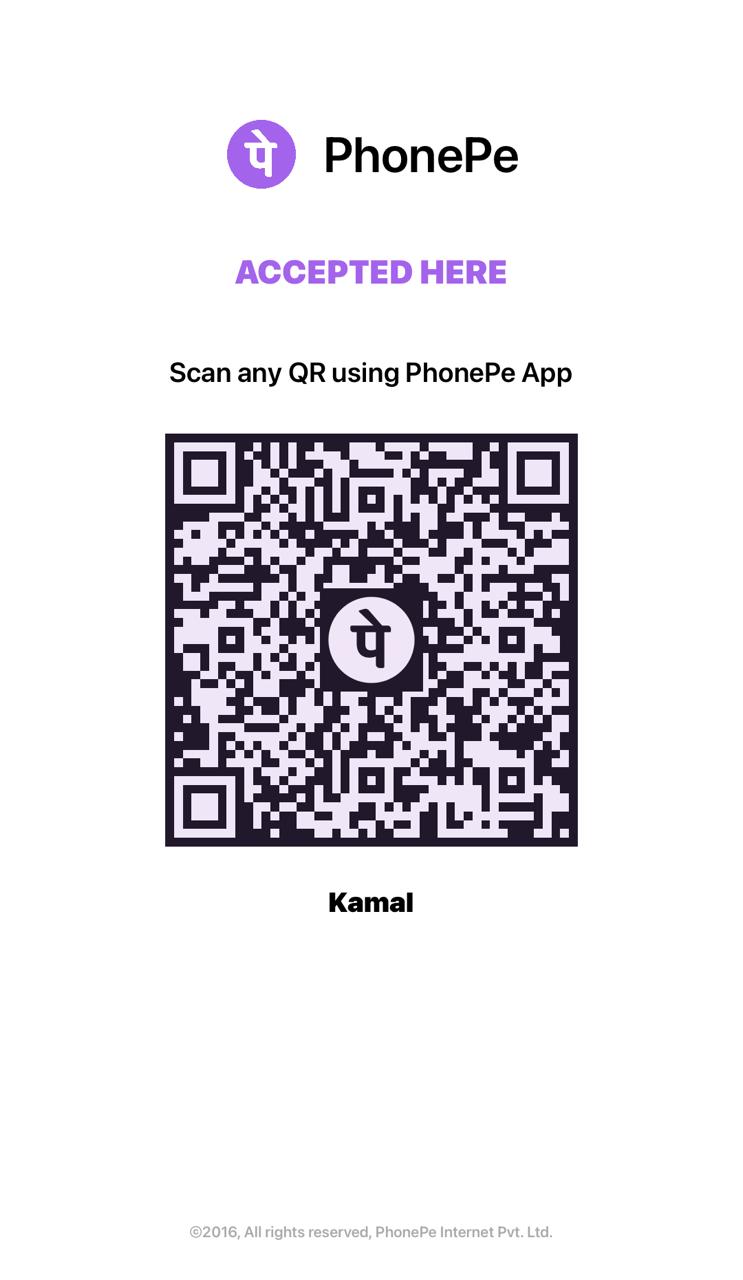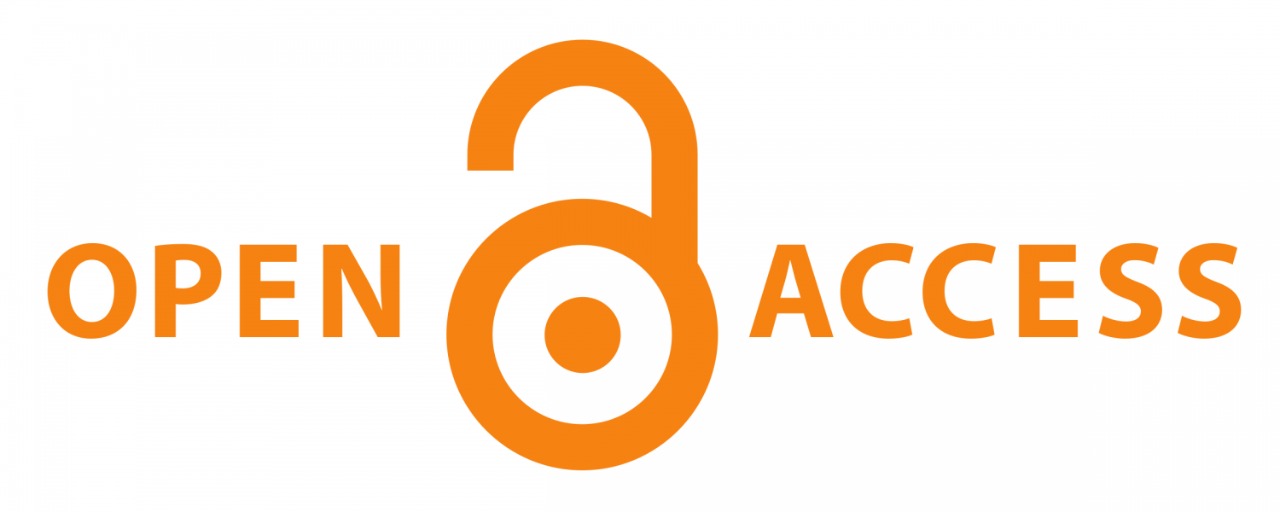Indian Journal of Health Care, Medical & Pharmacy Practice (IJHMP) is a bi-annual publication that features original research articles, review articles, case reports, short communications and etc. It emphasizes online accessibility for downloading research articles and receiving email alerts. Manuscripts undergo review and are accepted for publication only if they have not been previously published or are not under consideration elsewhere. Approval for submission must be granted by all authors and the relevant institutions where the research was conducted.
Submitting a manuscript implies that its content and ideas have not been previously published or submitted elsewhere, except in the form of a brief abstract included in the proceedings of a scientific meeting or symposium.
The manuscript should be submitted in Microsoft Word format as a single file, structured as follows:
Please note: If your manuscript is deemed difficult to read or interpret, the editorial office may request revisions before proceeding with review.
Formatting: The text should be 1.5-spaced, written in a 12-point font (Times New Roman).
Illustrations and Tables: These should be integrated within the text at appropriate points rather than placed at the end. Figure legends can be embedded in the text. Each figure should be saved and uploaded as a separate JPG or JPEG file, or embedded within the main Word file. Figures must be properly labeled, and important findings can be highlighted using arrows or other methods.
Co-author Details: Include affiliations for each co-author. The total number of authors and co-authors should not exceed five.
Suggested Reviewer: Provide the name and details of a qualified reviewer who is suitable for reviewing the manuscript based on the subject and category.
Stylistic and Bibliographic Requirements: Ensure that the manuscript adheres to the stylistic and bibliographic guidelines outlined in the Author's Guidelines provided by. References should IJHMP include DOI for available sources.
The manuscript can also be submitted through the Online Manuscript Submission system………………………………..
Word Limit: 4000 words excluding references
Abstract: Provide a paragraph summarizing the whole article within 250 words. It should summaries Aim, Methods, Results and Conclusion. No abbreviation should be used in abstract.
Keywords: Five keywords should be provided.
Introduction: Introduction should reflect the background, purpose and significance of the study. References should be cited in Introduction.
Methods: It should be fully transparent with sufficient detail to enable replication by others.
Results: Results should include tables and figures.
Authors are required to clearly present the primary study findings in their manuscript. The text, tables, and figures should logically organize and display results, prioritizing the primary or most significant findings at the forefront. Tables should not merely replicate data already presented in the text but should complement and enhance understanding. Graphs and figures should be used effectively to highlight key findings and trends, supporting the narrative flow of the manuscript. This approach ensures that the manuscript effectively communicates the study's outcomes to the readership.
Results and Discussion: In this section, the results should be evaluated for their validity and compared to relevant findings from other studies, using appropriate in-text citations. The significance and applicability of the results should be justified concisely, highlighting their importance. It's important to acknowledge any limitations of the methods used and suggest areas for further research. This discussion should be succinct yet comprehensive, providing a clear context for the findings and their implications.
Conclusion: This section should clearly outline the key findings of the research and provide a thorough explanation of their significance and applicability. It is an opportunity to discuss any recommendations arising from the study that have broader implications. Emphasis should be placed on how these findings contribute to existing knowledge, address gaps in understanding, and potentially influence policy or practice in the field. This discussion should be focused and directly connected to the results presented earlier in the manuscript, offering insights into the broader impact and implications of the study's outcomes. Cite references in this section.
Conflict of Interest: In this section, authors are required to disclose any financial, institutional, personal, or other relationships that could potentially influence the findings or decision-making presented in the manuscript. It is crucial to declare any such associations transparently. If there are no conflicts of interest to declare, this should also be clearly stated to maintain transparency and uphold ethical standards in research publication. This disclosure helps readers and reviewers assess the objectivity and reliability of the study's findings and conclusions.
Journal: Author(s) of article, Title of article, Journal title (full name), Year of publication; Volume number (issue number): Page numbers.
Books: Author(s) of Book (Surname initials). Title of Book. Edition. Publisher; Place of publication; Year of publication.
Chapters in Book: Author(s) of Chapter (Surname initials). Title of Chapter. In: Editor(s) name, Editors. Title of Book. Place of publication: Publisher; Year of publication, Page numbers.






